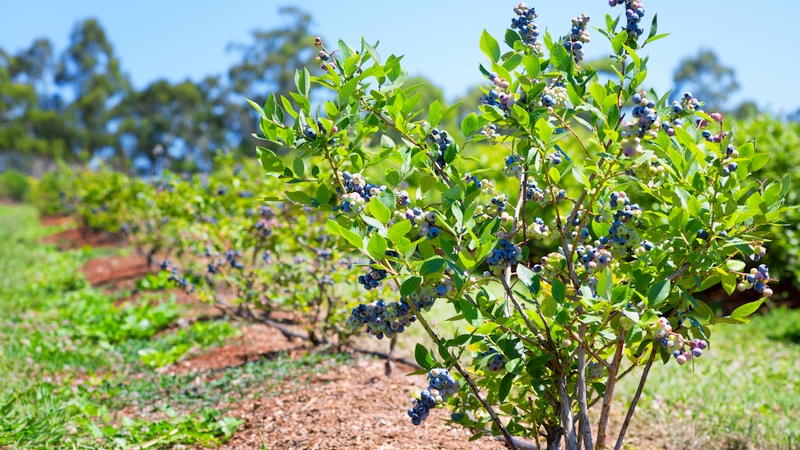Trap Crops Control Pests

Insecticide resistance. The mere thought of it is enough to make any grower nervous about the next harvest and potential profit loss. It is one of the greatest challenges growers face, since its effects can be devastating, and it can be difficult to prevent. One of the non-chemical pest mitigation techniques being added to growers’ IPM plans is trap crops.
A Wall Of Defense: Trap Crops
Trap crops are decoy plants that are strategically planted around or throughout the primary crop to deter destructive pests from the latter. In vegetable crops, they are usually planted around the crop to be protected, but can also be planted in rows within it. According to Thomas A. Zitter, professor in the Department of Plant Pathology and Plant-Microbe Biology at Cornell University, the purpose of trap crops is simple. “You try to eliminate most of the insects coming in from outside within these trap crops before they spread the disease into the main crop itself,” he explains. That way, the pests mainly infect or damage the trap crops, not the primary crop.
When To Use Trap Crops
When dealing with large insect populations that are destructive throughout the majority of the growing season, trap crops can be a beneficial control method, especially when these pests have shown signs of insecticide resistance. Trap crops work best against insects with intermediate mobility, but are not as effective for those who are good flyers or are easily dispersed by wind. This technique is most effective when used in combination with other biological, chemical controls, mechanical, crop rotation, and other cultural methods as a part of an IPM program, but is oftentimes overlooked until growers have exhausted other options, observes Zitter.
Picking The Best Trap Crop
The type of trap crop used depends greatly on the main crop. You can use the same variety in a different growth period, or use a different variety than the main crop. For example, explains Zitter, if insects are most attracted to the crop while in its flowering stage, you could place flowering trap crops around the main crop as a more enticing alternative. Rather than entering into the main crop and causing damage, they would be more likely to stay within the trap crops. The same concept applies when using a different variety. When controlling pepper maggots in bell pepper crops, for example, hot cherry pepper plants are an effective trap crop, since the pest is more attracted to the latter than the former.
Benefits Of Trap Crops
Using trap crops can reduce the necessity of broad spectrum pesticides and other chemicals, as well as decreasing resistance to them. This, in turn, improves the efficiency of the chemicals, which are applied less frequently and in a more targeted manner. In addition, they can help prevent the resurgence of the main pest population, since they do not affect the pests’ natural predators and aren’t chemically-based.
Disadvantages Of Trap Crops
Obviously, cost and maintenance are both factors to consider when using trap crops. Also, they are not a replacement for insecticides, and could potentially attract other pests that weren’t present prior to the placement of trap crops.
Before making a final decision to include trap crops as a part of your IPM program, keep in mind the location and number of plants needed, most effective stage of the trap crop (seedling, flowering plant, etc.), and include any related costs into your budget.









